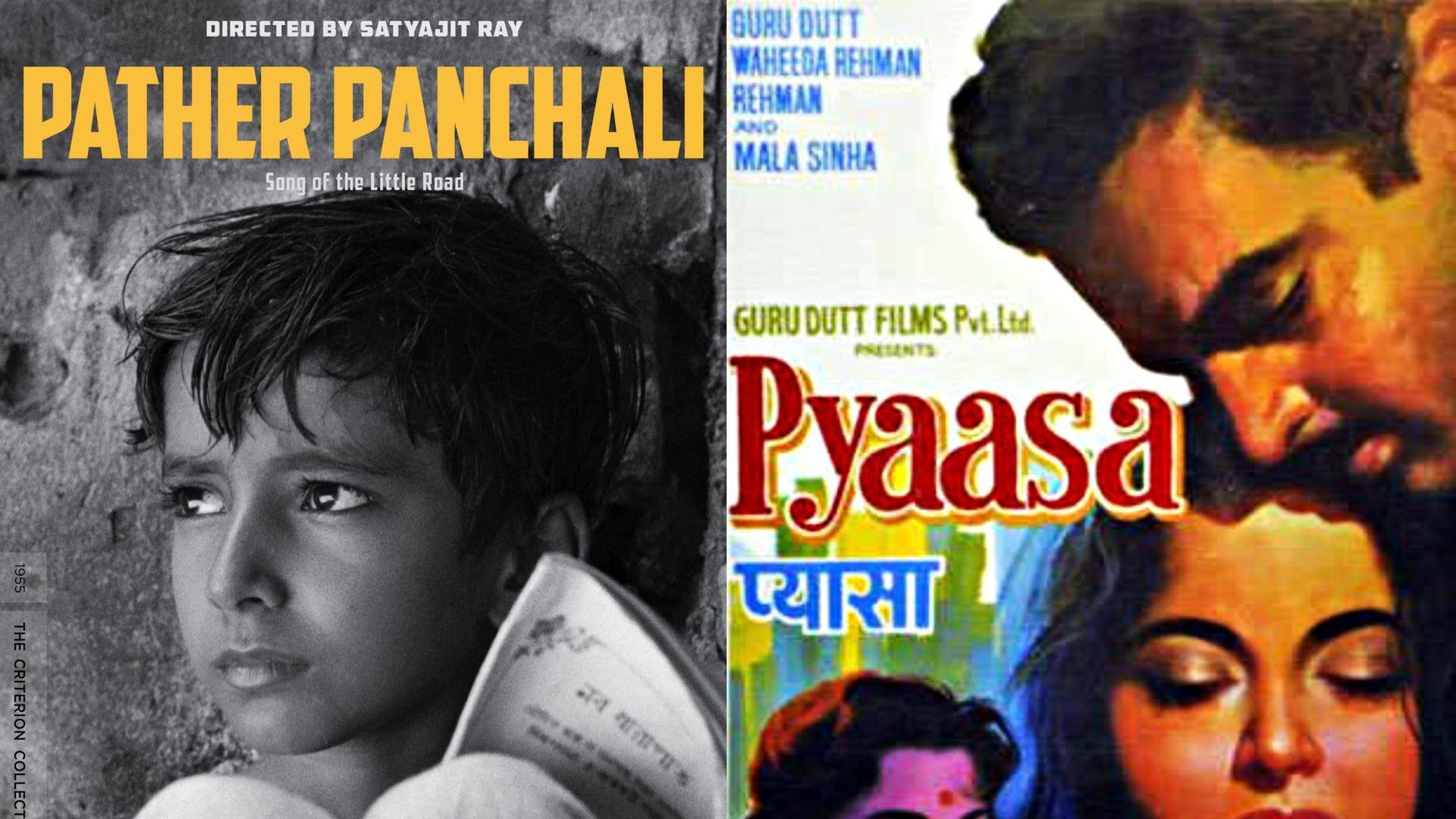
#NewsBytesExplainer: Understanding arthouse cinema—definition, characteristics, prominent examples
What's the story
Cinema is highly subjective, and naturally, not every film appeals to every viewer. While the scene is considerably dominated by commercial films that have all the ingredients of pulling the crowd to the theaters, there also exists a subgenre—that of arthouse movies, rubbed clean of any "commercial" aspects and defined by rooted realisticness. We take a look at the term and prominent examples today.
Meaning
Understand the difference between commercial and art cinema
Art films are usually made keeping in mind a niche audience and not a commercial audience and are generally appreciated by film critics, film students, etc. They are often devoid of songs, unnecessary melodrama, and over-the-top sequences and are shot in real locations due to the paucity of budget. While this rule varies, they often employ theater artists rather than leading, mainstream actors.
Characteristics
What are the characteristics that define arthouse movies?
Almost all art movies have a common thread that binds them together. They focus on social realism and authenticity, present slice-of-life stories, are more subtle, slow-paced, and nuanced in their approach as compared to masala entertainers, can be open-ended, and focus significantly on the ambitions and thoughts of the protagonist. A recent example that checks off this criterion is Achal Mishra's Dhuin on MUBI.
International examples
Have a MUBI subscription? Watch these international art films
Streaming platform MUBI is leagues ahead of its counterparts when it comes to arthouse films since it has an exclusive collection of independent, niche films from all corners of the world. Some examples are Bicycle Thieves, In the Mood for Love, Dogtooth, The 400 Blows, Breathless, The Three Colors trilogy, Melancholia, Through a Glass Darkly, and The Skin I Live In, among others.
Indian examples
Indian examples: Have you watched these art films?
Art movies in India have existed for decades and can even be traced back to one of Indian cinema's founding fathers, Satyajit Ray. Some examples include his Apu trilogy and Charulata, Bimal Roy's Do Bigha Zamin, Chetan Anand's Neecha Nagar, Guru Dutt's Pyaasa, Mira Nair's Salaam Bombay!, Shyam Benegal's Manthan, Mrinal Sen's Khandhar and Bhuvan Shome, and Anand Gandhi's Ship of Theseus.